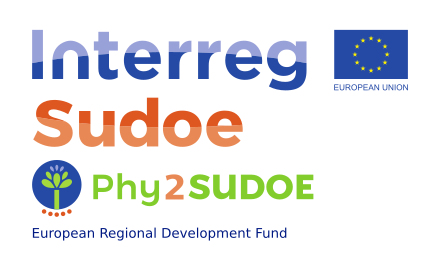24 May Article in Environmental Technology & Innovation
Title
Zero-valent iron nanoparticles and organic amendment assisted rhizoremediation of mixed contaminated soil using Brassica napus,
Publication Data
June Hidalgo, Mikel Anza, Lur Epelde, José M. Becerril, Carlos Garbisu,
Environmental Technology & Innovation,. ISSN 2352-1864 // https://doi.org/10.1016/j.eti.2022.102621.
Abstract
Soil is one of our most important natural resources. Regrettably, the expansion of human activities has resulted in the degradation of the soil resource due to contamination with a myriad of organic and inorganic compounds. The remediation of mixed contaminated soils, i.e. soils contaminated with both organic compounds and metals, is challenging as it requires actions to simultaneously decrease metal-induced risks and organic contaminant concentrations. Here, we evaluated the effect of the addition of zero-valent iron nanoparticles (nanoremediation) and organic amendments (biostimulation) on the rhizoremediation, using Brassica napus plants, of soil simultaneously contaminated with zinc (2500 mg kg −1) and lindane (100 mg kg−1). We used a factorial design with three factors (amendment, nZVI, plant) to evaluate the impact of the applied remediation actions on lindane and extractable Zn concentrations, as well as on soil health recovery as manifested by the values of different soil microbial indicators. The studied microbial indicators were not negatively affected by nZVI application. The application of nZVI was the most effective factor regarding the targeted reduction in lindane concentration (51% average reduction in nZVI treated soils). The highest reduction in extractable Zn was achieved in the presence of B. napus, nZVI and organic amendments (99 and 95% reduction in horse manure-amended and sewage sludge-amended soils, respectively). The combination of the three factors led to the highest values of soil microbial indicators (although a significant triple interaction was not observed for all parameters), especially when combined with horse manure amendment: in this case, prokaryotic richness increased by 64%, respiration by 376%, eukaryotic abundance by 333%, and prokaryotic abundance by 437%, compared to untreated soils. The combination of remediation approaches (rhizoremediation with B. napus, nanoremediation with nZVI, biostimulation with organic amendments) can help overcome the limitations of each individual strategy.

